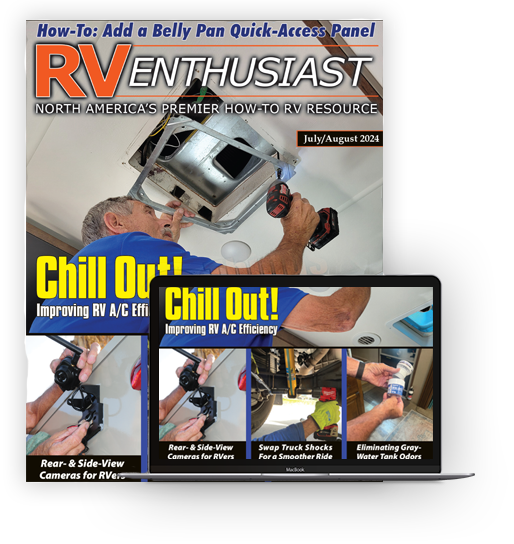Tanks a Lot
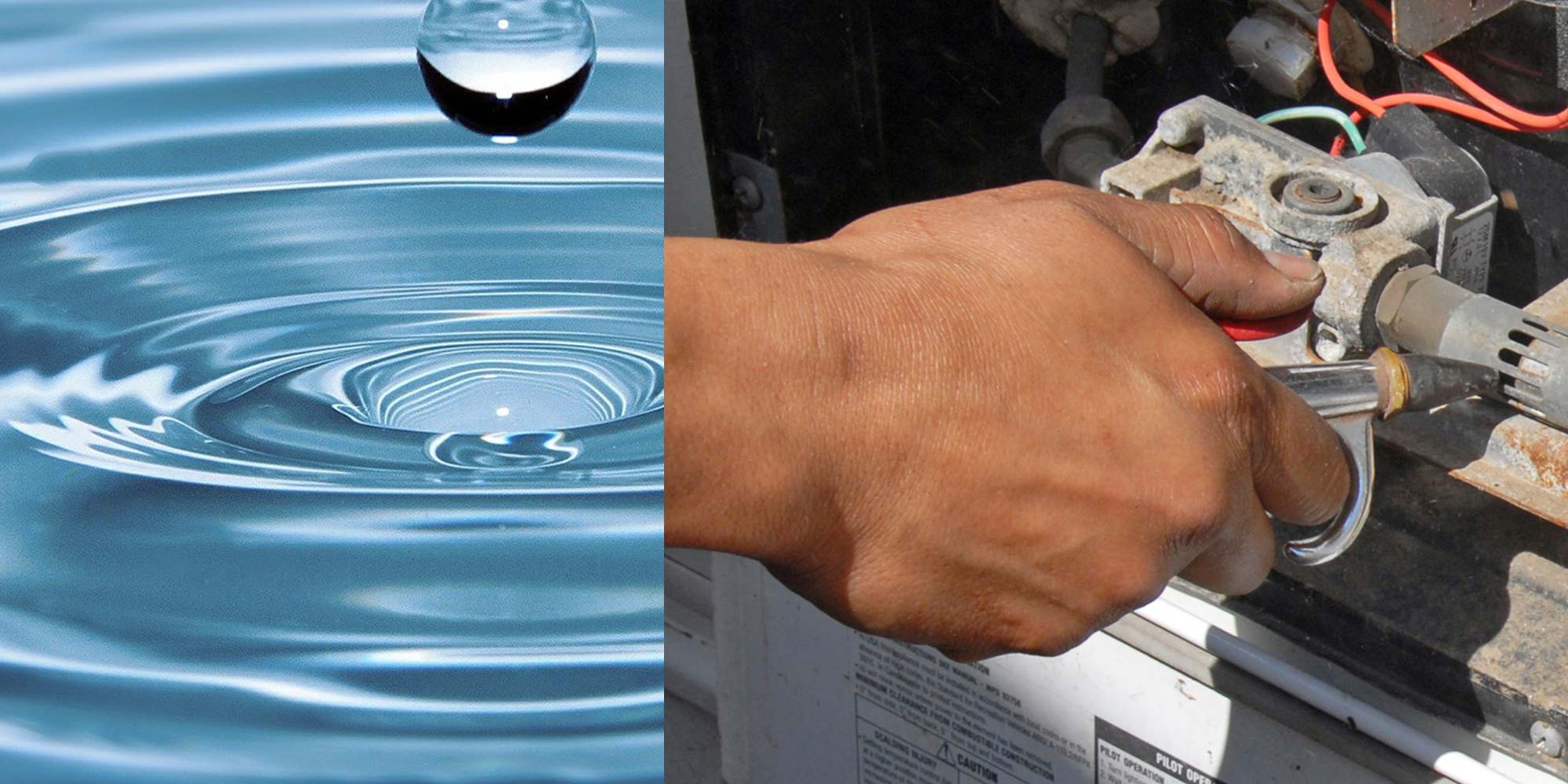
Until it doesn’t work.
RV tank storage hot water systems are not complicated devices, and in fact are much like the units found in most residences, albeit smaller. The fact that they have not changed much through the years is testament to their reliability; the bulk of RVs on the market today still use 6- or 10-gallon units manufactured by either Atwood or Suburban, and they can last for years if they’re properly maintained. However, if they’re stored for months outside without being maintained or were not properly drained before the end of the season, you could be repaid this spring by a water heater that won’t fire or produces water that smells like rotten eggs. The good news is, these problems are easy to repair yourself, even if you’re new to RVing.
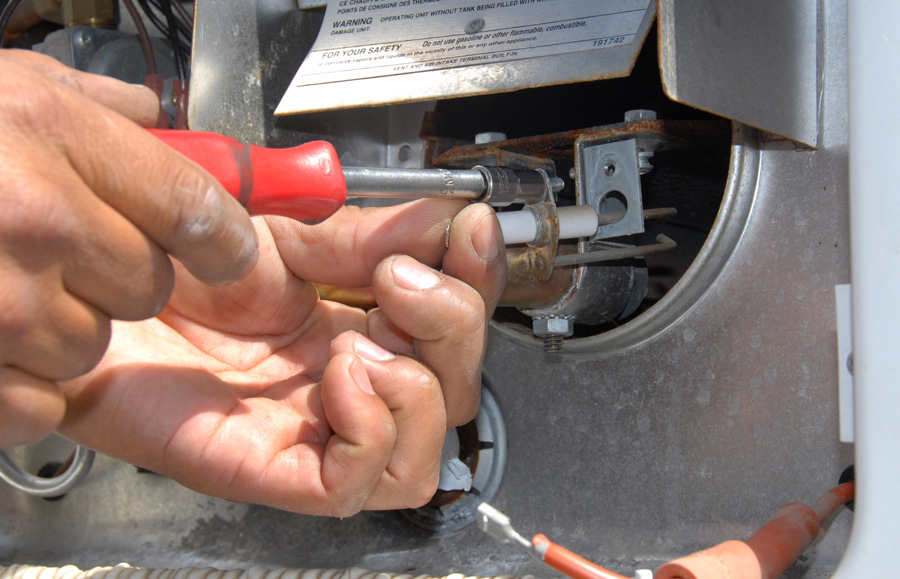
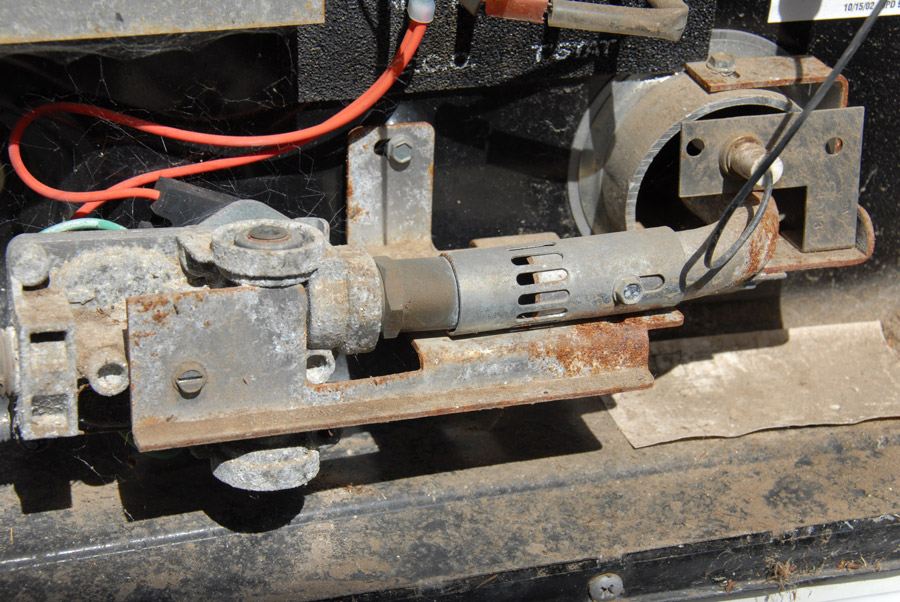
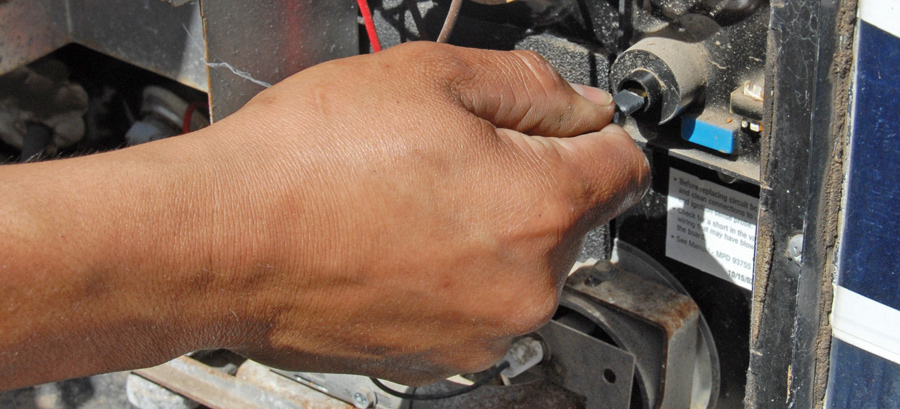
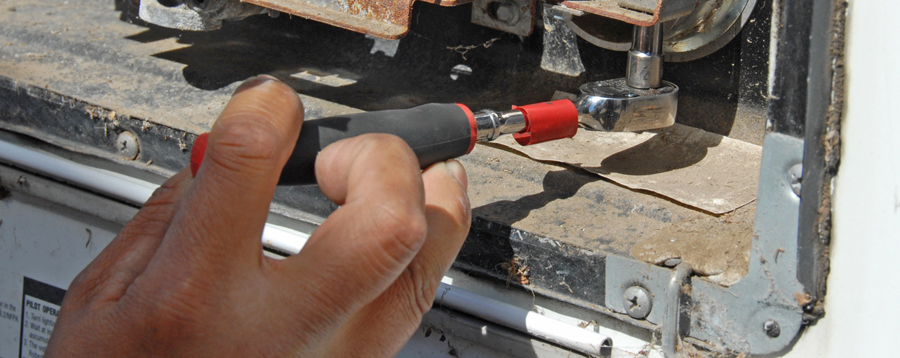
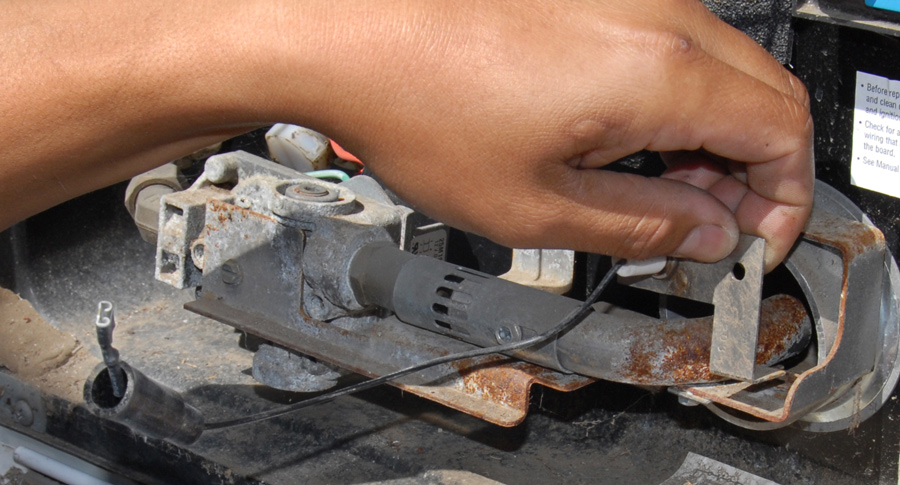
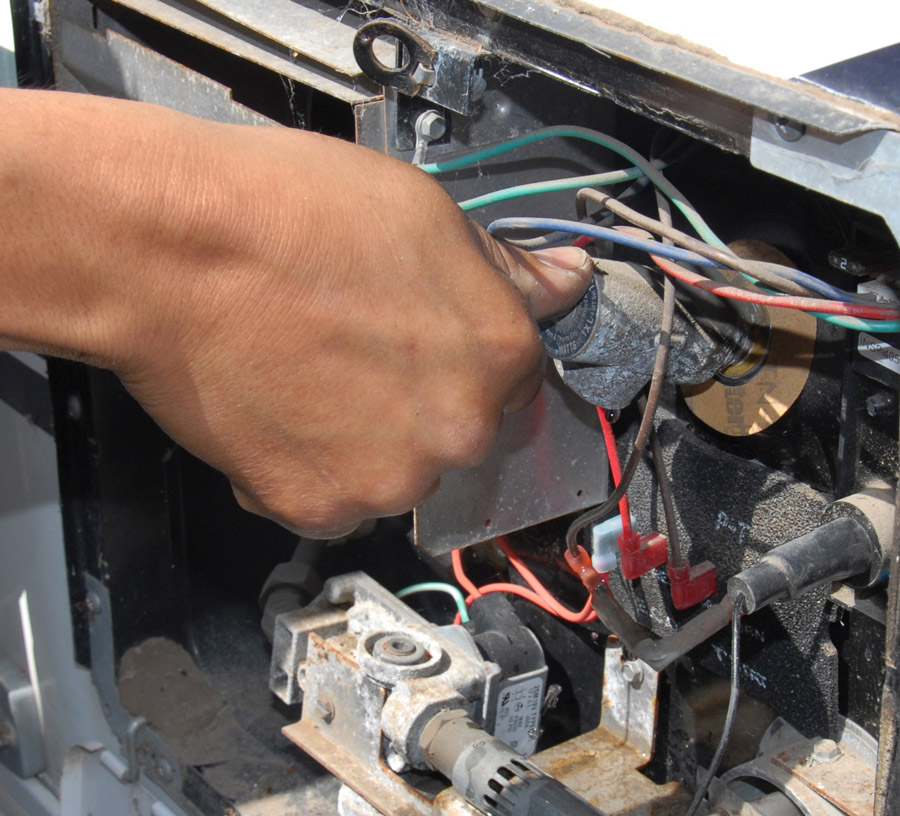
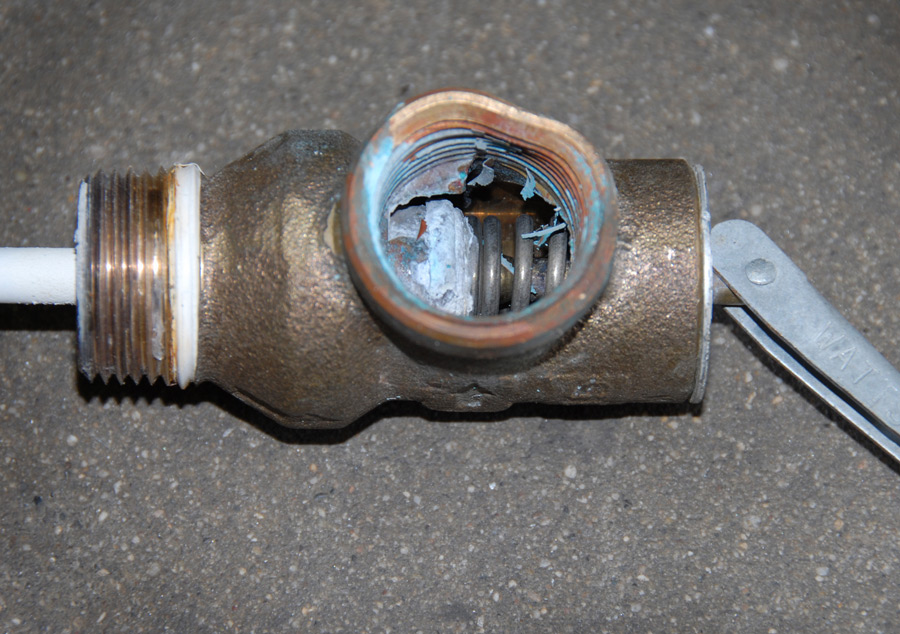
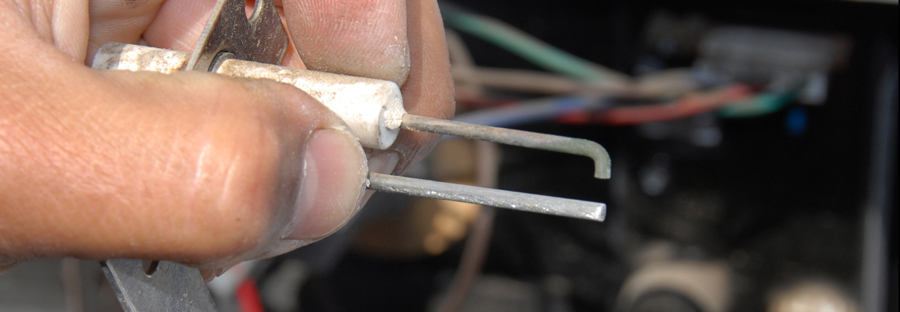
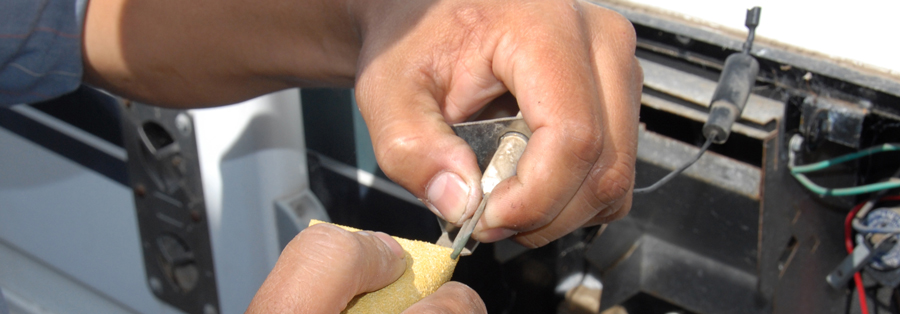
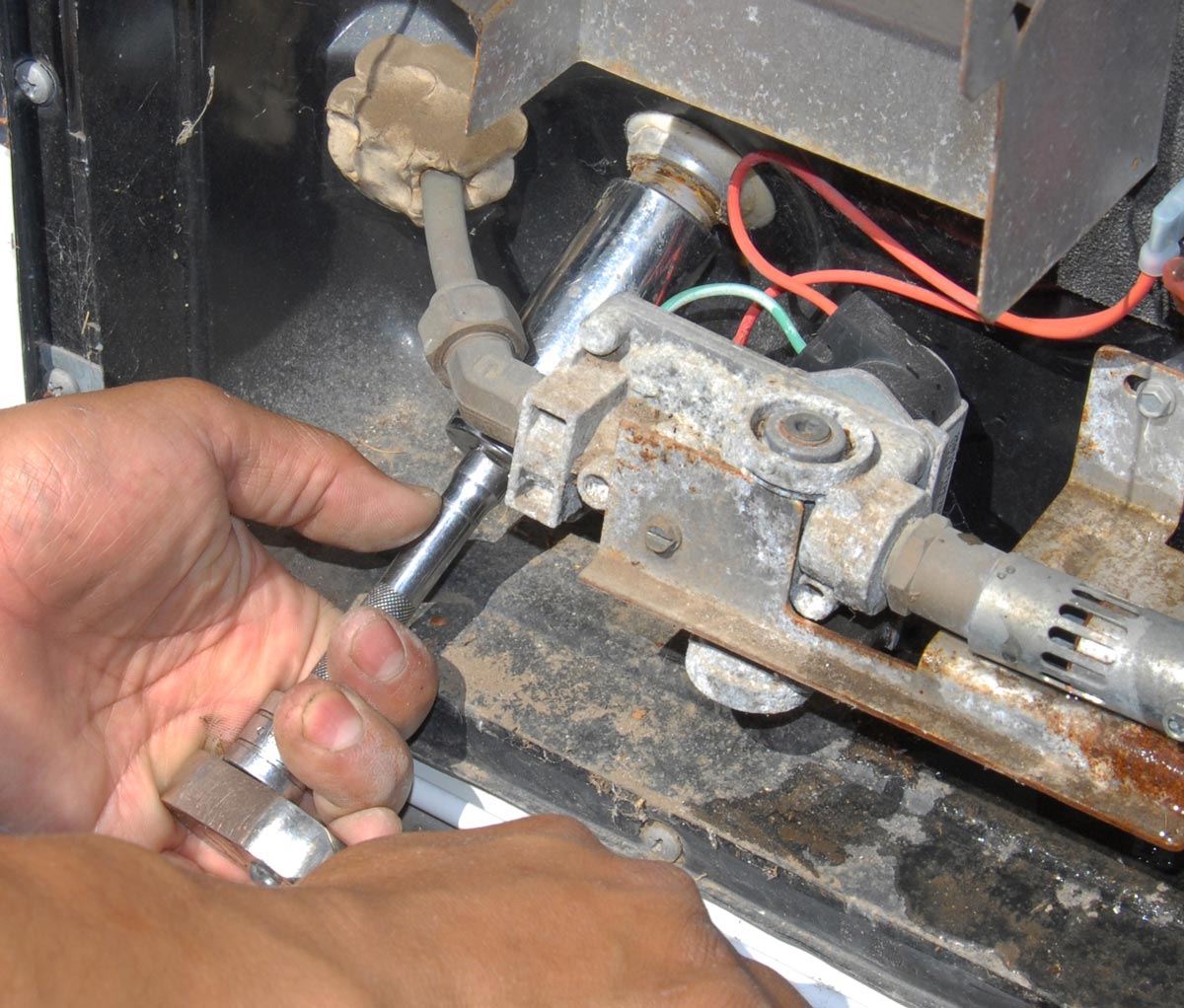
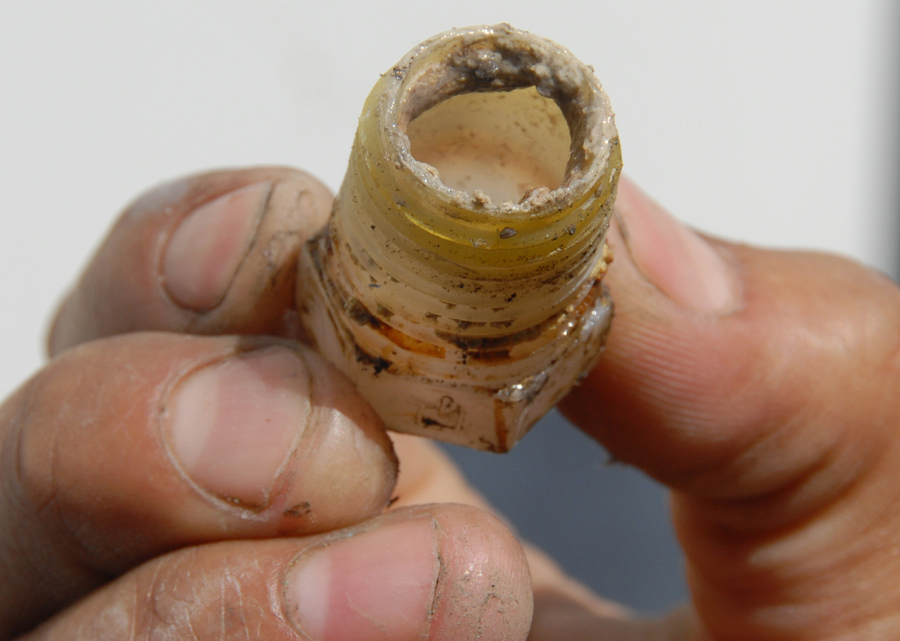
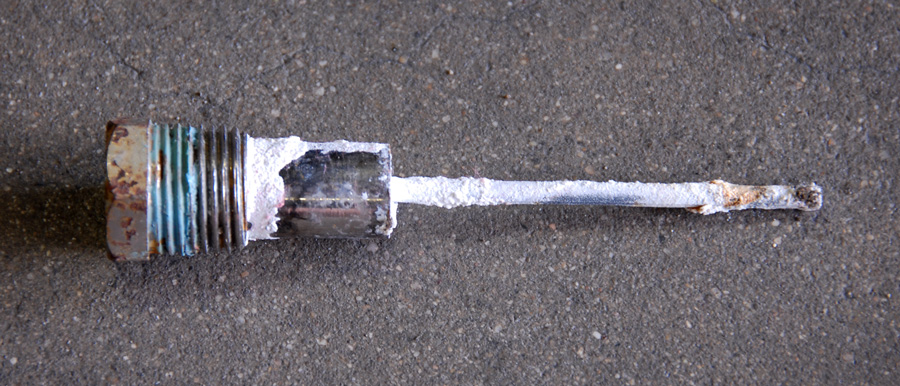
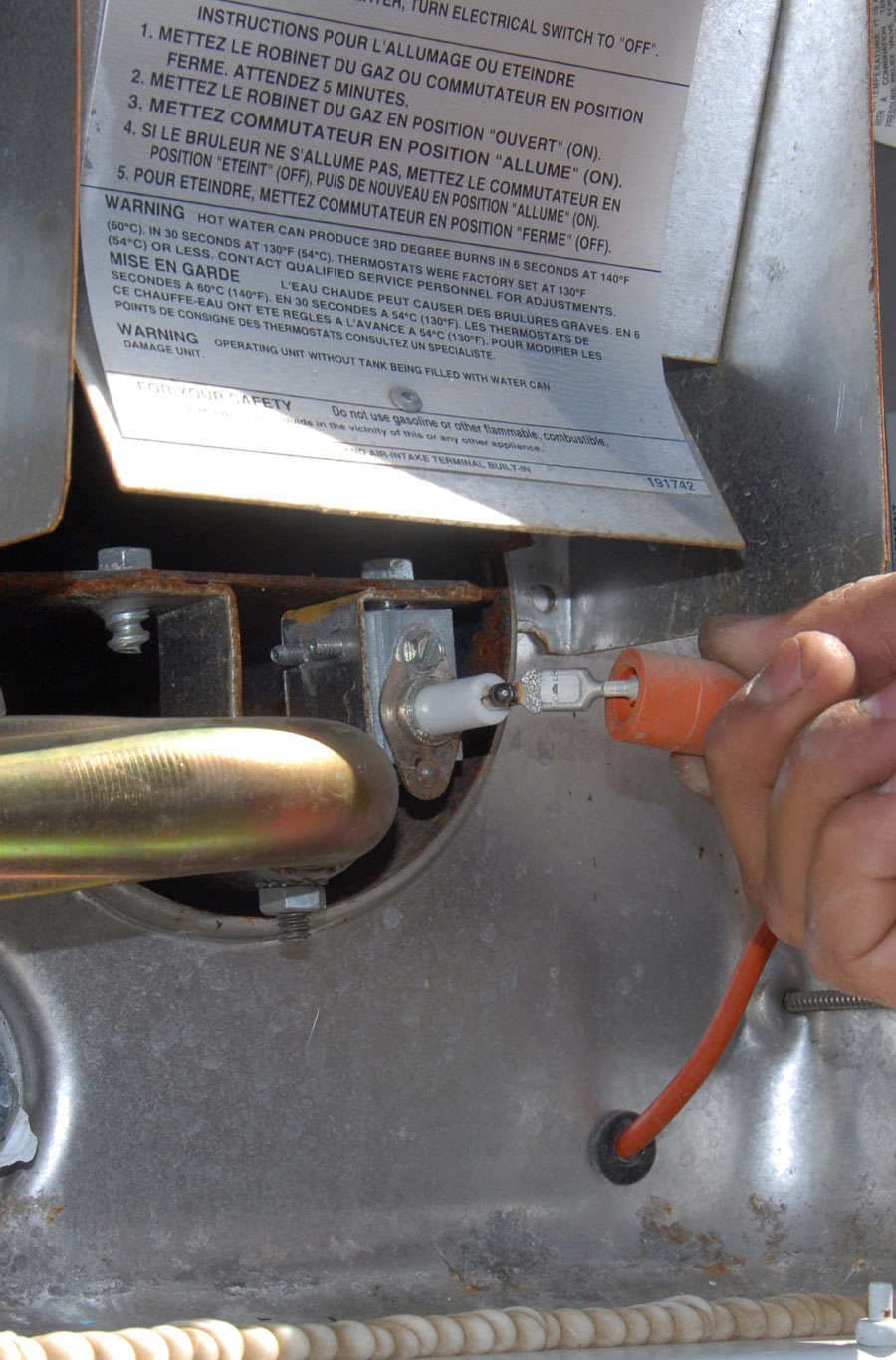
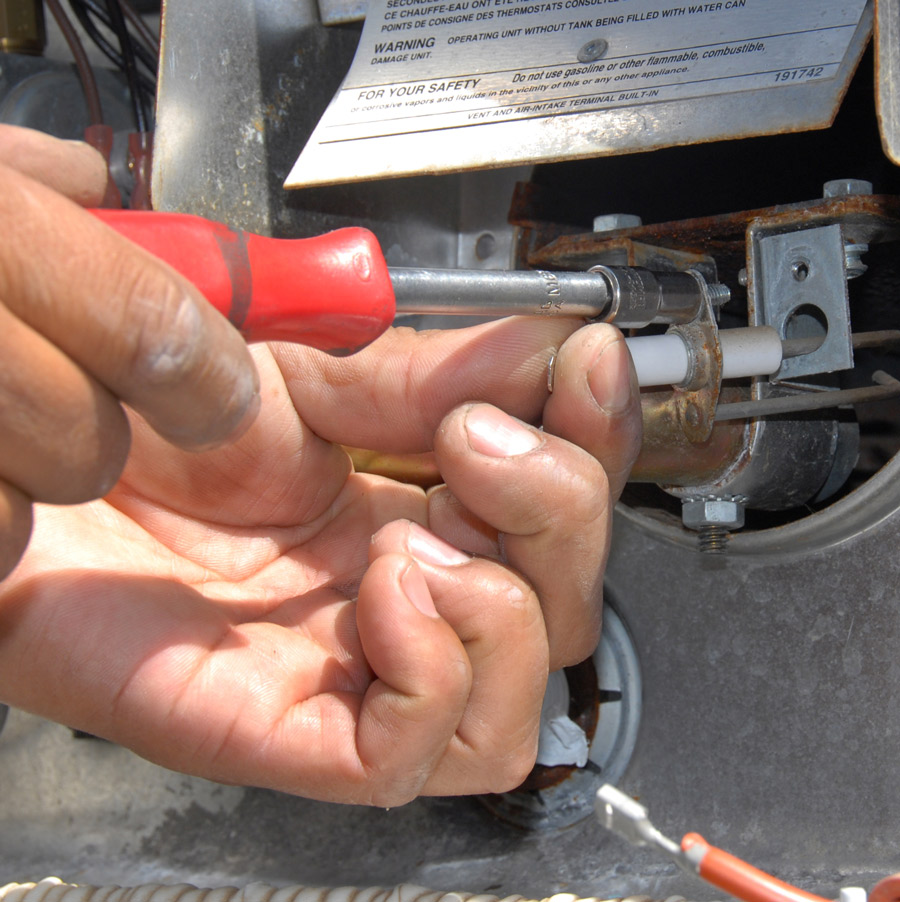
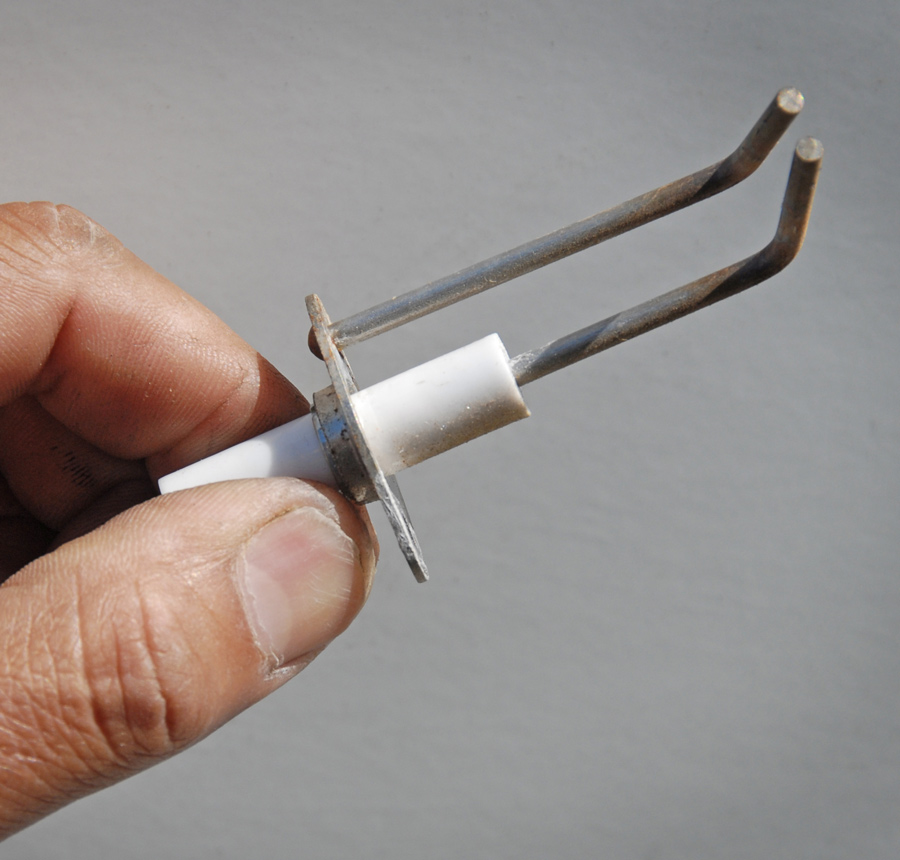
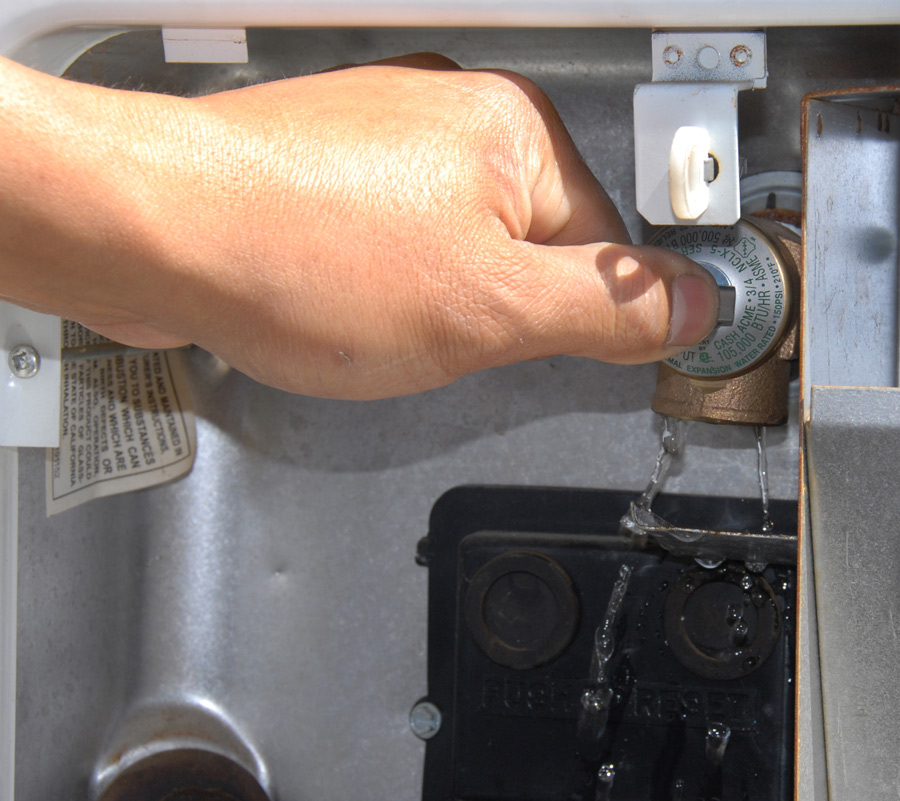
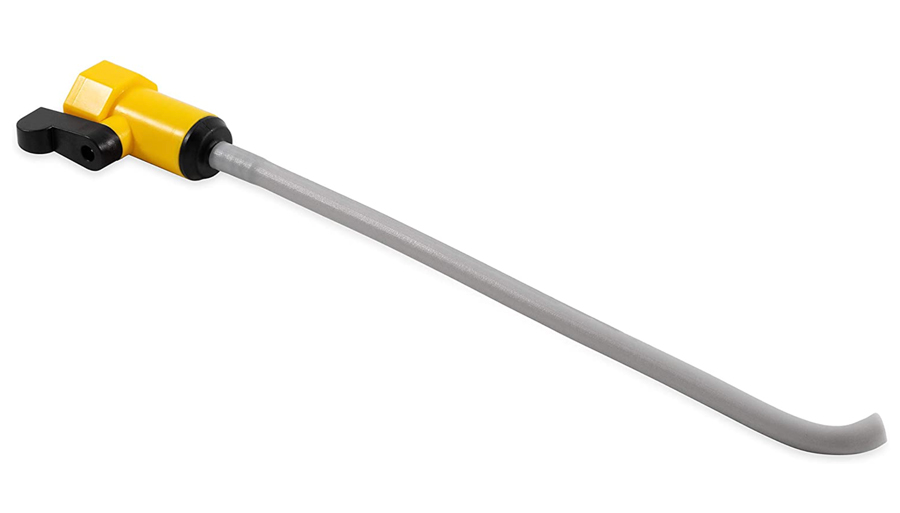
Airxcel, Inc.-Suburban Div.
(423) 775-2131
www.airxcel.com/suburban
C&S RV Service Center
(805) 982-9900
www.candsrv.com
Camco
(800) 334-2004
www.camco.net
Dometic
800-Dometic
www.dometic.com/en-us
Already a Subscriber? Click here for Access to the Full Issues.

